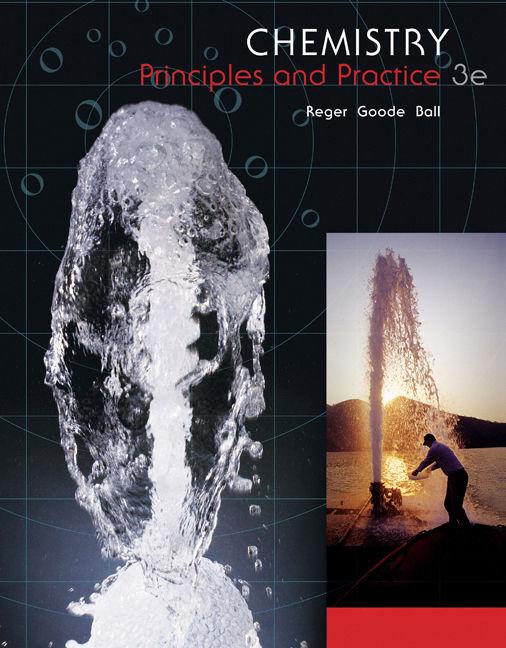A classical test for nitrogen in plant material involves adding some compounds to the plant material to
Question:
A classical test for nitrogen in plant material involves adding some compounds to the plant material to produce ammonia (NH3, a base) from the nitrogen. The solution is then heated to drive off the ammonia. The ammonia passes through a container of HCl, where it reacts. After all the ammonia has been absorbed, there is still an excess of HCl in the container. The amount of HCl remaining after reaction with the ammonia can be determined by titration. The difference between the amount of HCl put in the container and the amount determined by titration represents the amount that was neutralized by the ammonia. Exactly 21.34 g of plant material is weighed into the reactor. All the nitrogen is converted to ammonia and collected in 100.0 mL of an HCl solution. If the initial HCl solution concentration is 0.121 M and the final solution requires 34.22 mL of 0.118 M NaOH to neutralize, calculate the percentage of nitrogen in the plant material.
Step by Step Answer:

Chemistry Principles And Practice
ISBN: 9780534420123
3rd Edition
Authors: Daniel L. Reger, Scott R. Goode, David W. Ball





